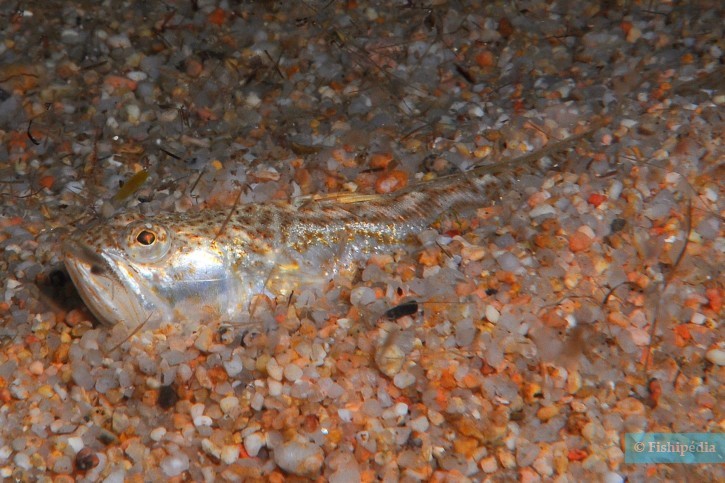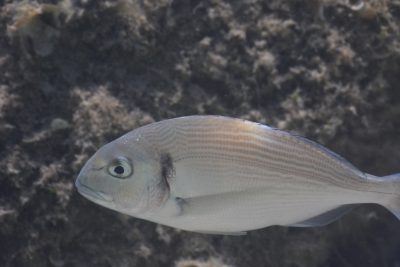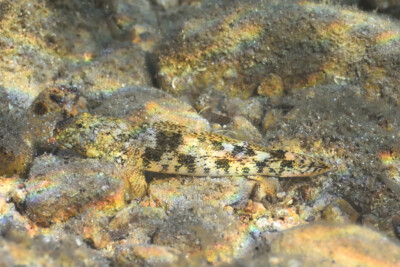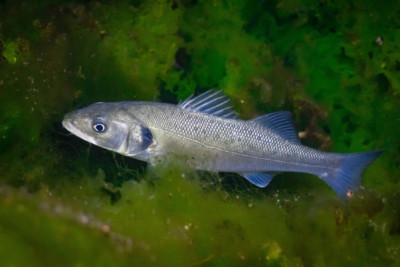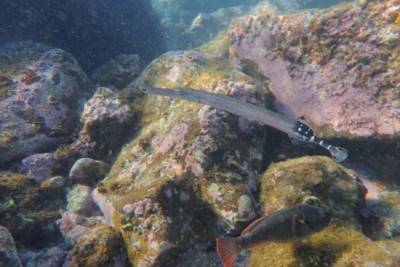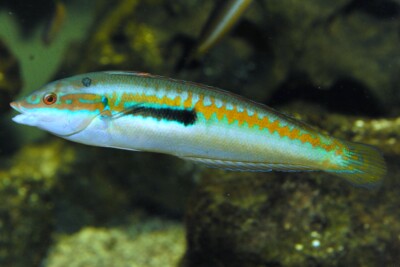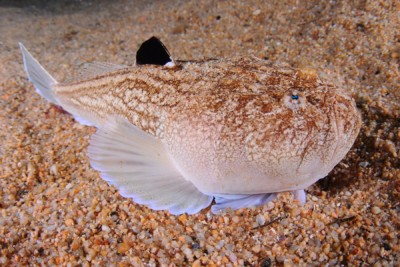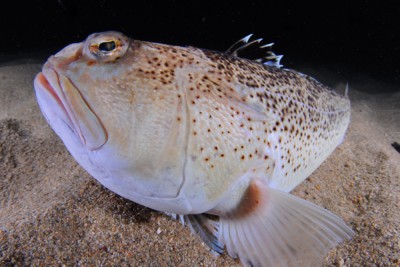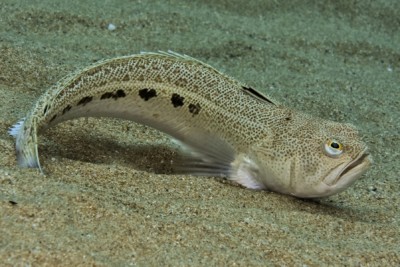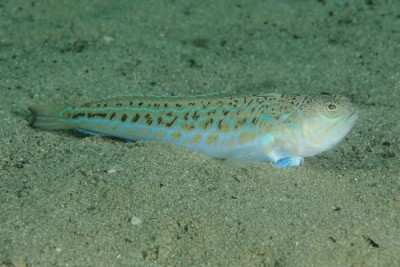Echiichthys vipera
| Scientific name | Echiichthys vipera |
|---|---|
| Descriptor | Cuvier |
| Year of description | 1829 |
| IUCN category (World) | NE |
| Family | Trachinidae |
| Genus | Echiichthys |
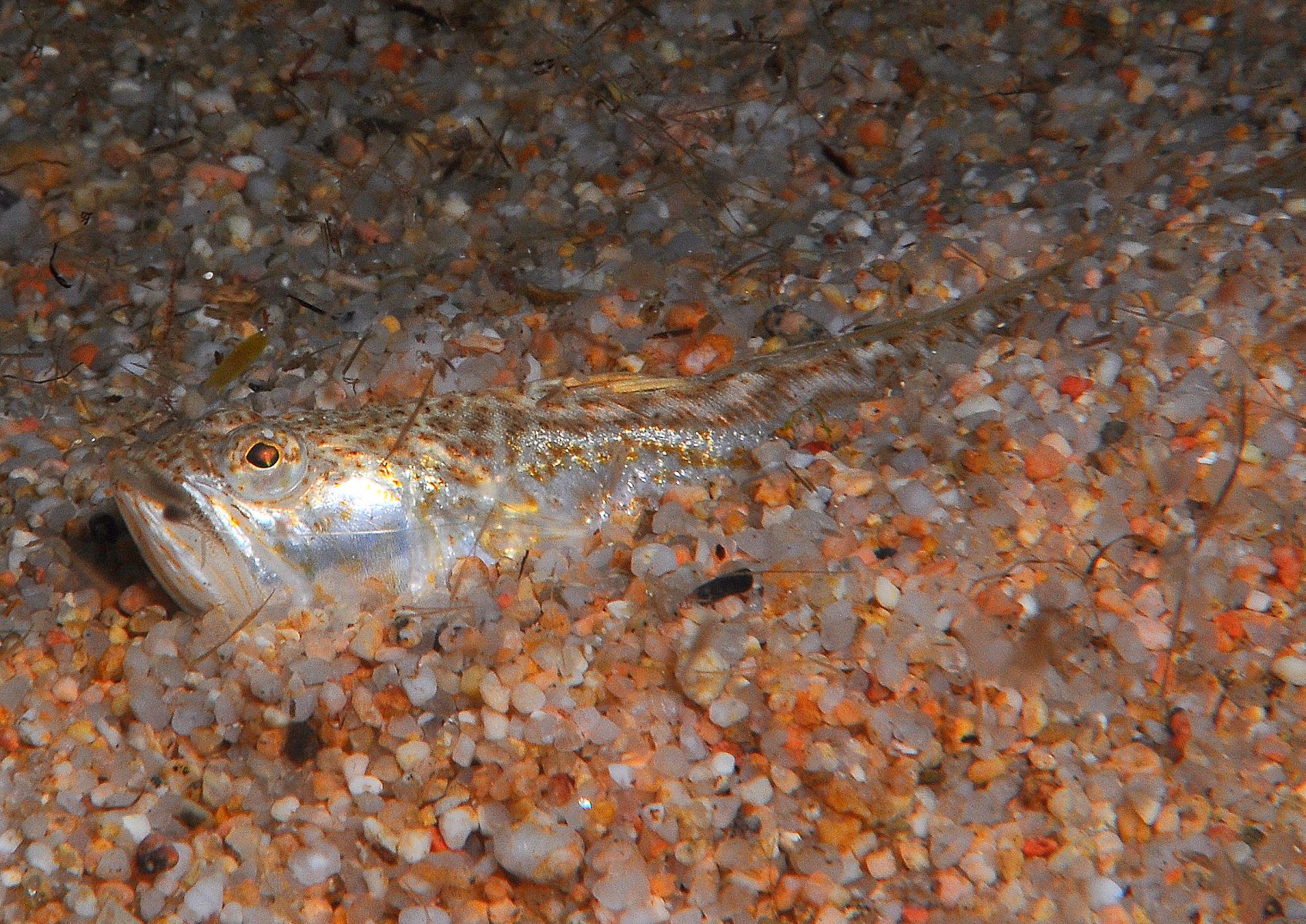

Introduction
Echiichthys vipera is a salt water fish.
This sheet is currently being prepared. The texts currently proposed come from our data model or are being drafted. To request priority for this content, you can write to us HERE.
Who is it?
Morphology
-
Average size10 cm
-
Maximum size16 cm
-
Longevity13 year
-
Mimicrysand
-
Patterntasks
-
Average size10 cm
-
Maximum size16 cm
-
Longevity13 year
-
Mimicrysand
-
Patterntasks
How to recognize This fish ?
Echiichthys vipera measures between 10 and 16 cm. This fish is tricolore with a predominantly jaune, argent, noir and marron body. The also has marron tasks.
Behaviour & Life cycle
-
dietcarnivorous
-
Sociabilitysolitary
-
territorialYes
-
Way of livingdiurnal
Echiichthys vipera is a fish solitary naturally found on the bottom. This species is carnivorous .
Although slightly territorial, Echiichthys vipera is a rather peaceful animal that generally behaves in a peaceful manner with other species.
Reproduction
-
Reproductionovipare qui pond en eau libre
Echiichthys vipera is a fish ovipare qui pond en eau libre.
Risks for humans
-
VenomousYes
This species is venomous and can cause serious injuries when touched.
What to do in the event of a sting?
in case of sting, the following rules should be followed, in this order:
- Isolate the victim from the danger and quickly remove him or her from the water
- Call for help
- Lay the victim down in a half-sitting position and avoid any effort
- Immobilize the affected limb
- Clean the wound
- The venom of this species being thermolabile, it can be neutralized if it is submitted to a temperature of about 45 °C. It is therefore possible to heat the wound. This popular technique should be practiced with great care so as not to aggravate the wound by burning it. It is advisable to immerse the affected limb in hot water.
- If the puncture is too deep, heating the wound will be less effective.
Sometimes the sting can cause discomfort or even loss of consciousness in the victim. The stings are usually very painful.
Origin and distribution
Conservation status of populations (IUCN)
What is its habitat?
Natural environment characteristics
-
Depth0 - 150 m
-
FlowMedium and Slow
Biotope presentation
Echiichthys vipera is most often found at a depth between 0m and 150m. However, it is not impossible to find this species at other depths.
Species of the same biotope
To go further
Sources & Contributions
Participation & Validation
The Fishipedia team and specialist contributors are committed to providing high-quality content. However, although the information comes from scientific sources or testimonials from specialists, the cards may contain inaccuracies.

Aurélien Calas

Benoit Chartrer
Translation
Translation done with the valuable contribution of our translators, who make this information available to a wider audience. We sincerely thank them for their commitment.
Bibliographic references
The venoms of the lesser (Echiichthys vipera) and greater (Trachinus draco) weever fish– A review - Myriam Fezai - Mohamed Jemaà - Lucy M. Gorman - Sarah J. Judge - John B. Harris - Gary S. Caldwel - Elsevier Ltd - 2020.
Le règne animal - Georges Cuvier - Organisation Cuvier - 1816.
Seasonal and age-related migrations in the unexpectedly long-lived benthic fish the lesser weever, Echiichthys vipera (Cuvier, 1829) - Scott, A L - Henderson, P A. - Journal of the Marine Biological Association of the UK - 2016.
Scientific partners
Tags
Species of the same family
Species of the same biotope
